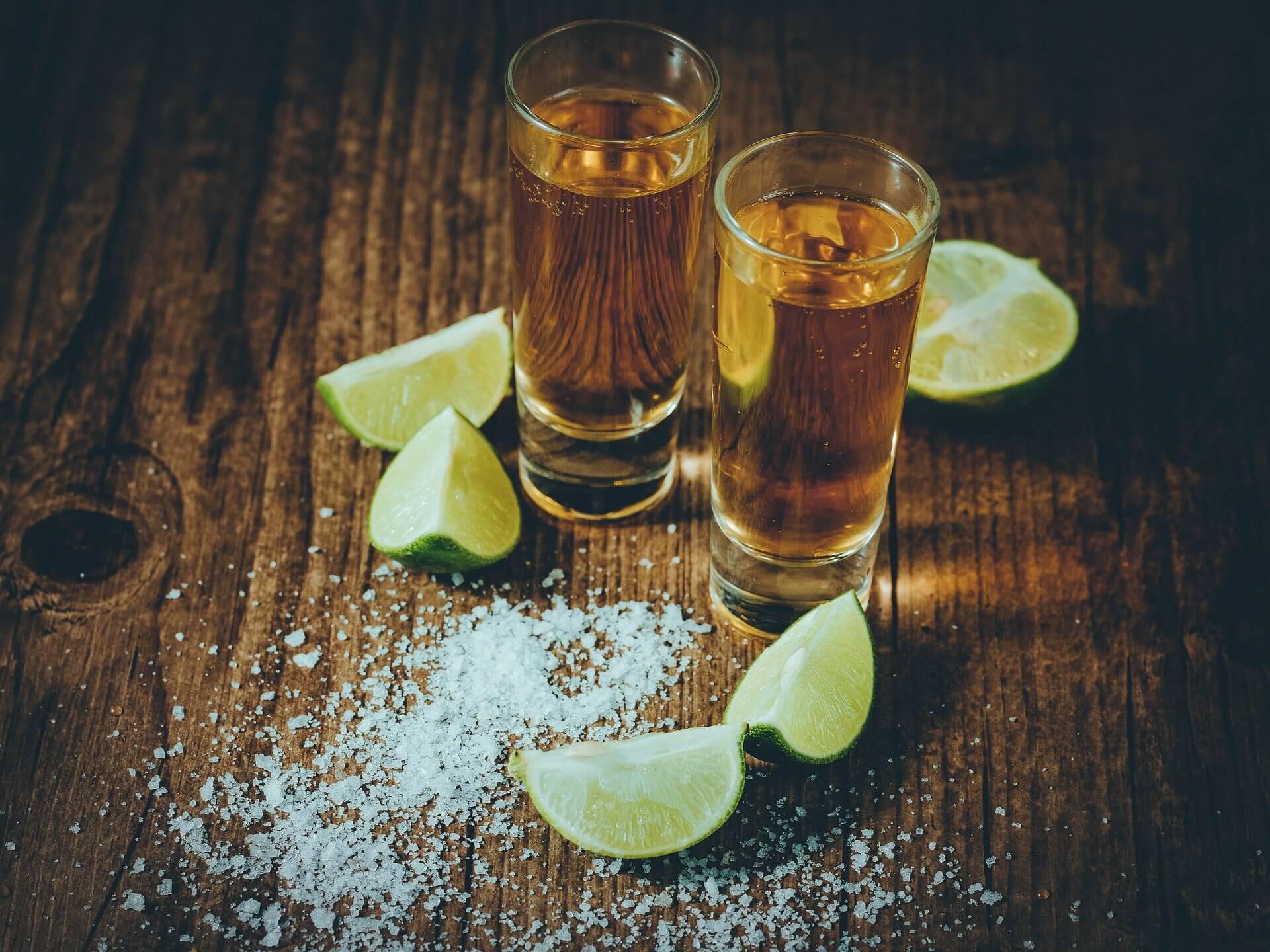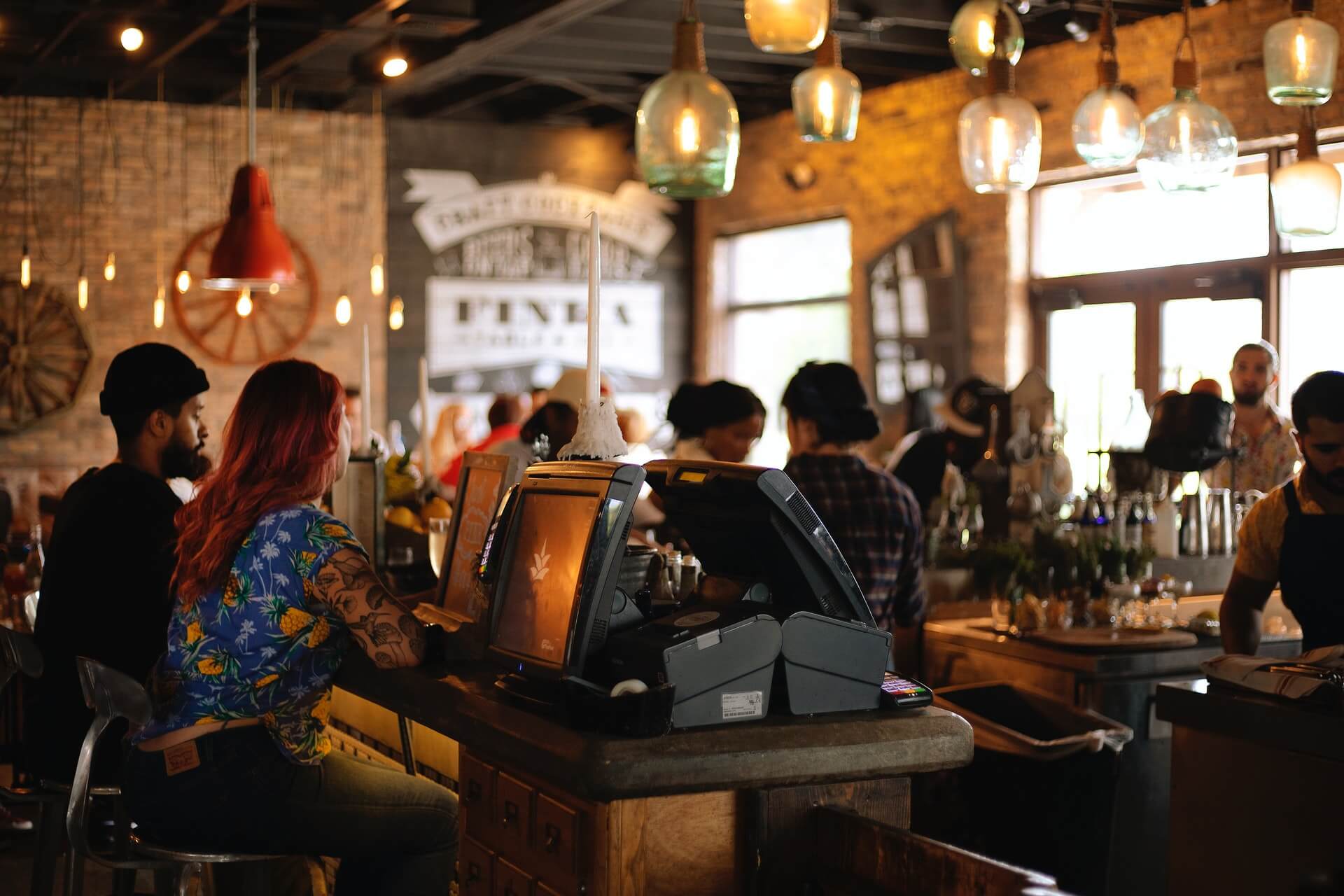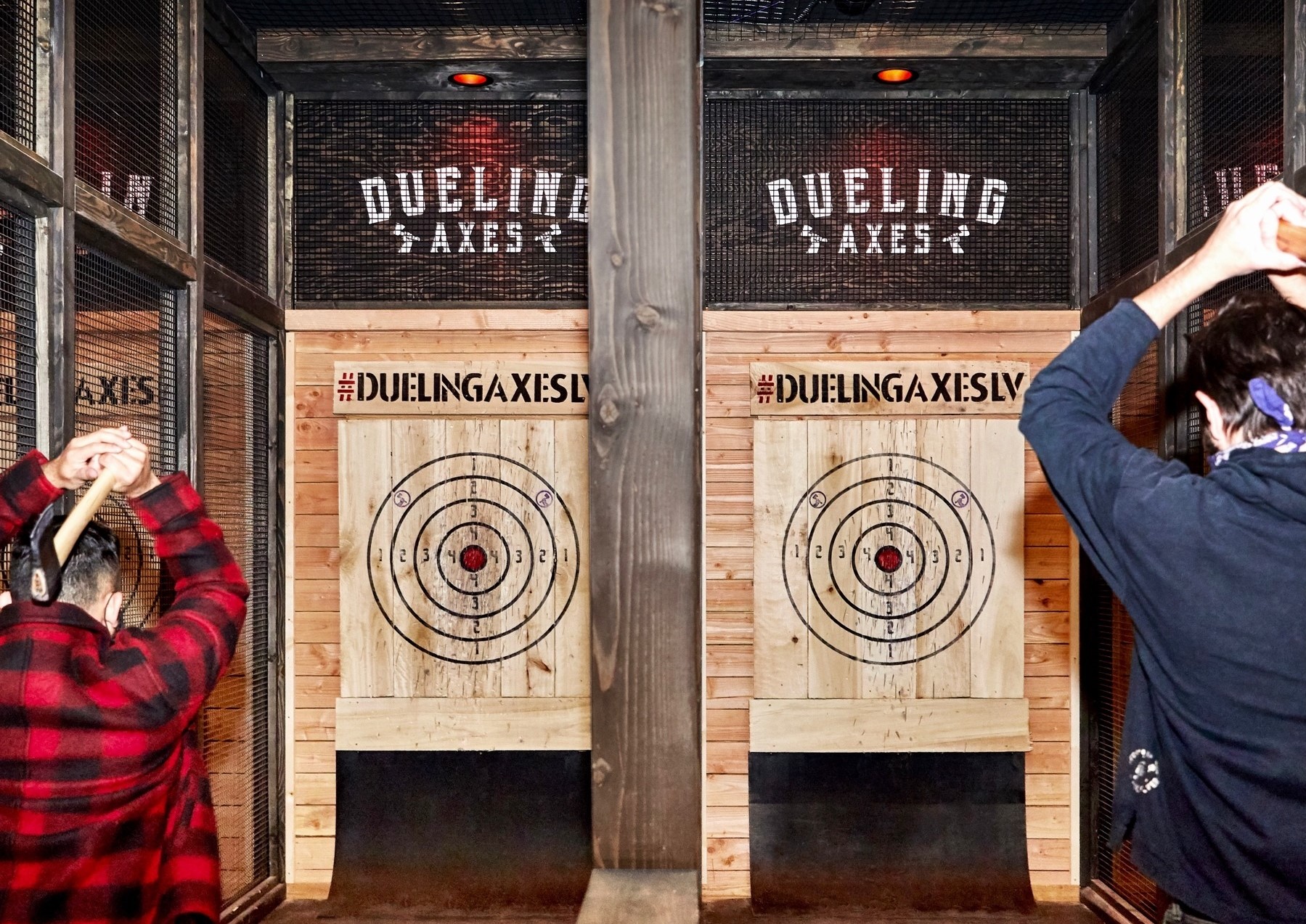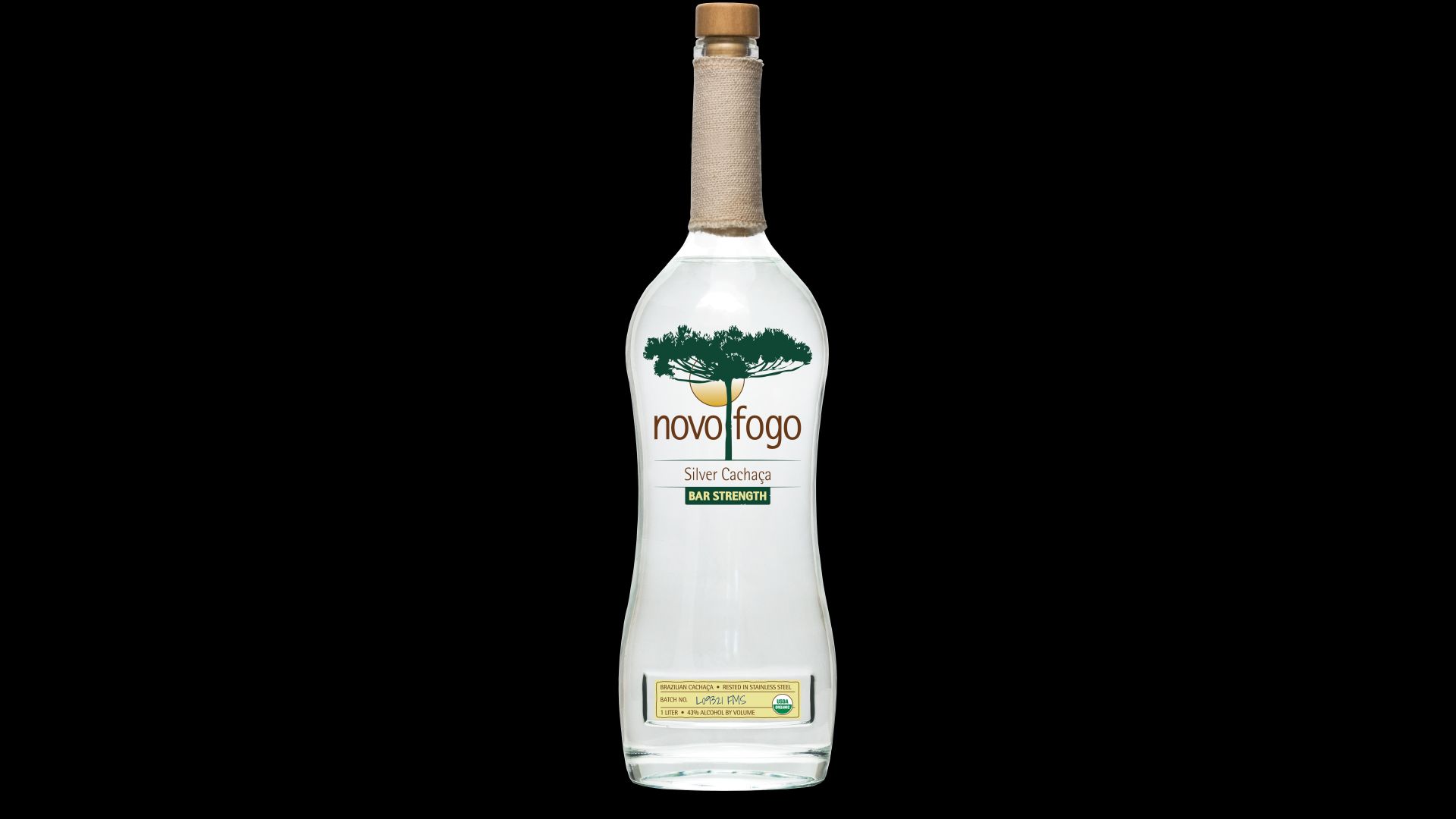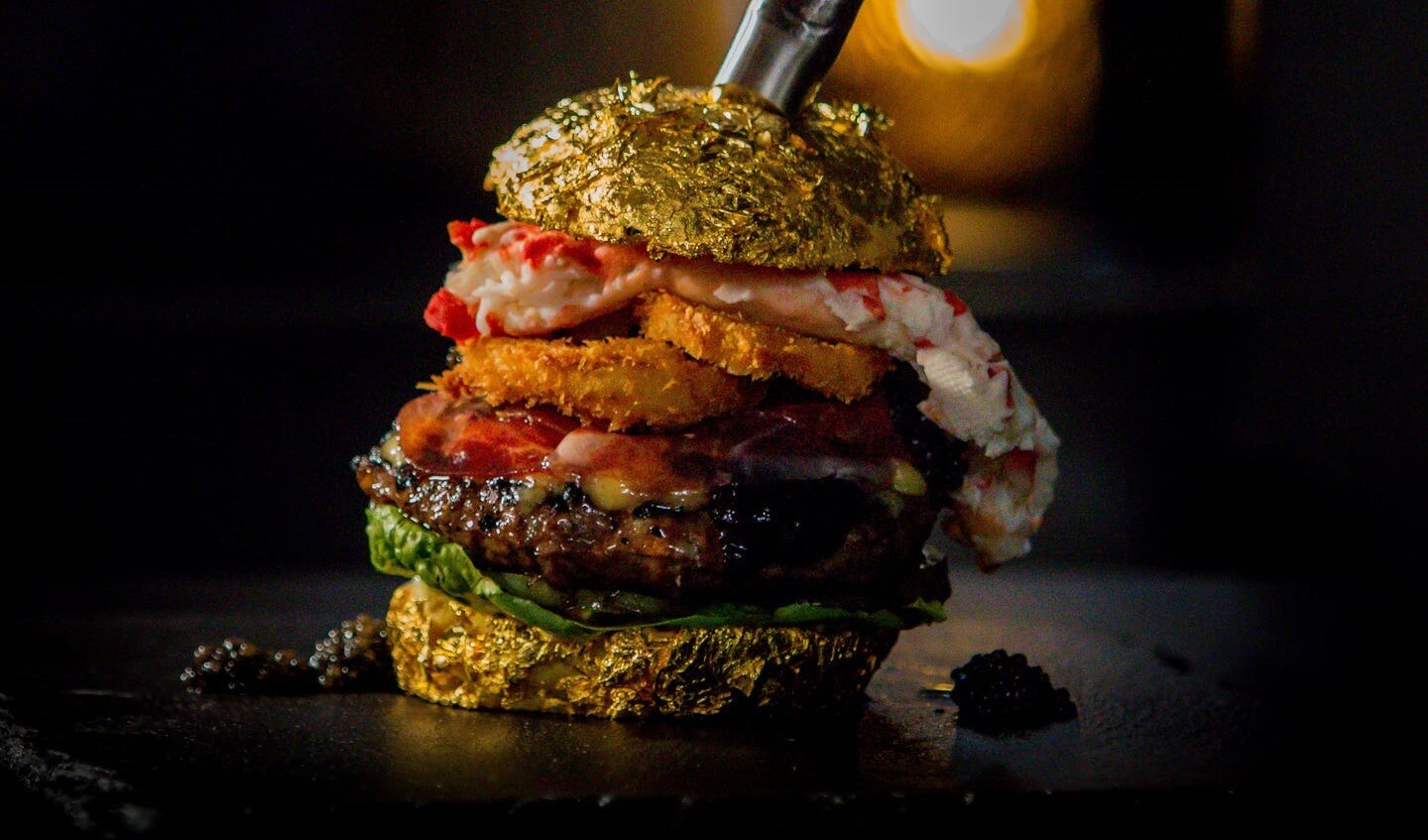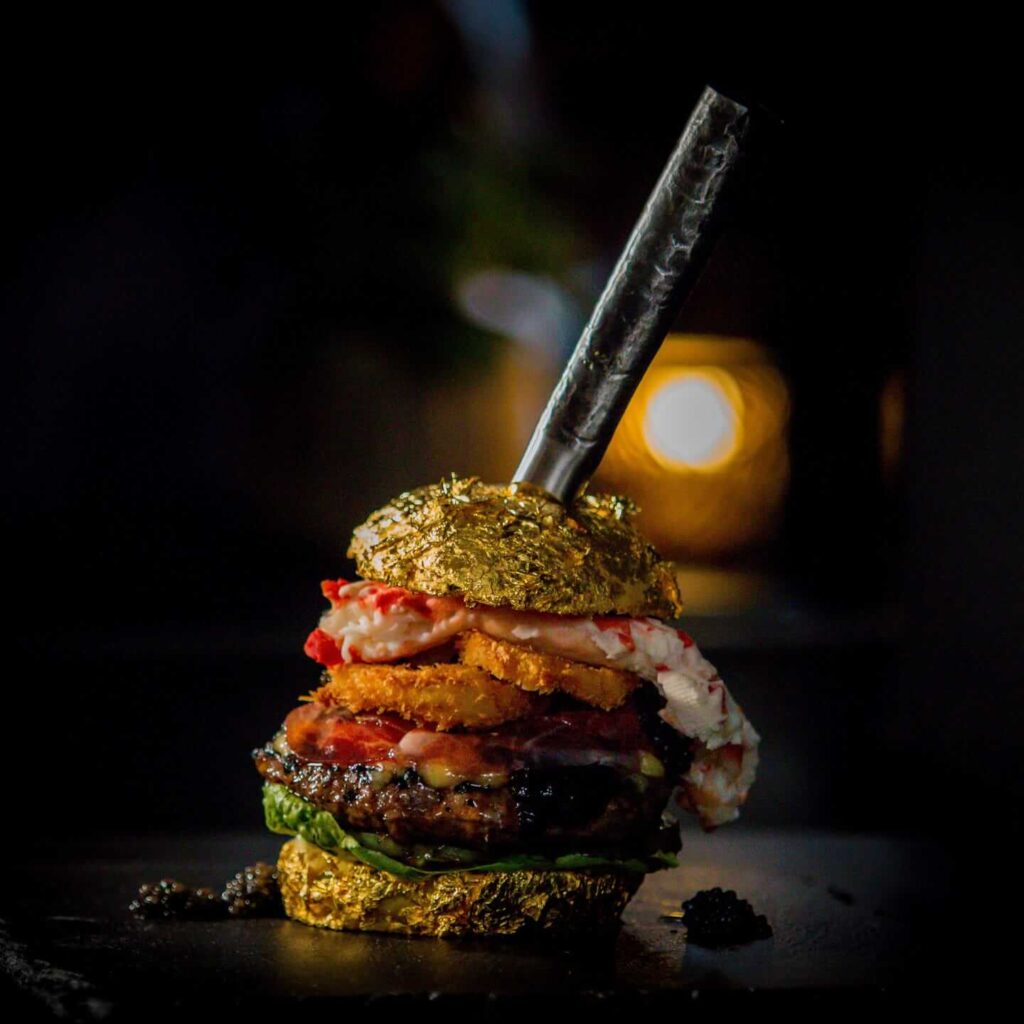Canada to Reopen Border
by David Klemt
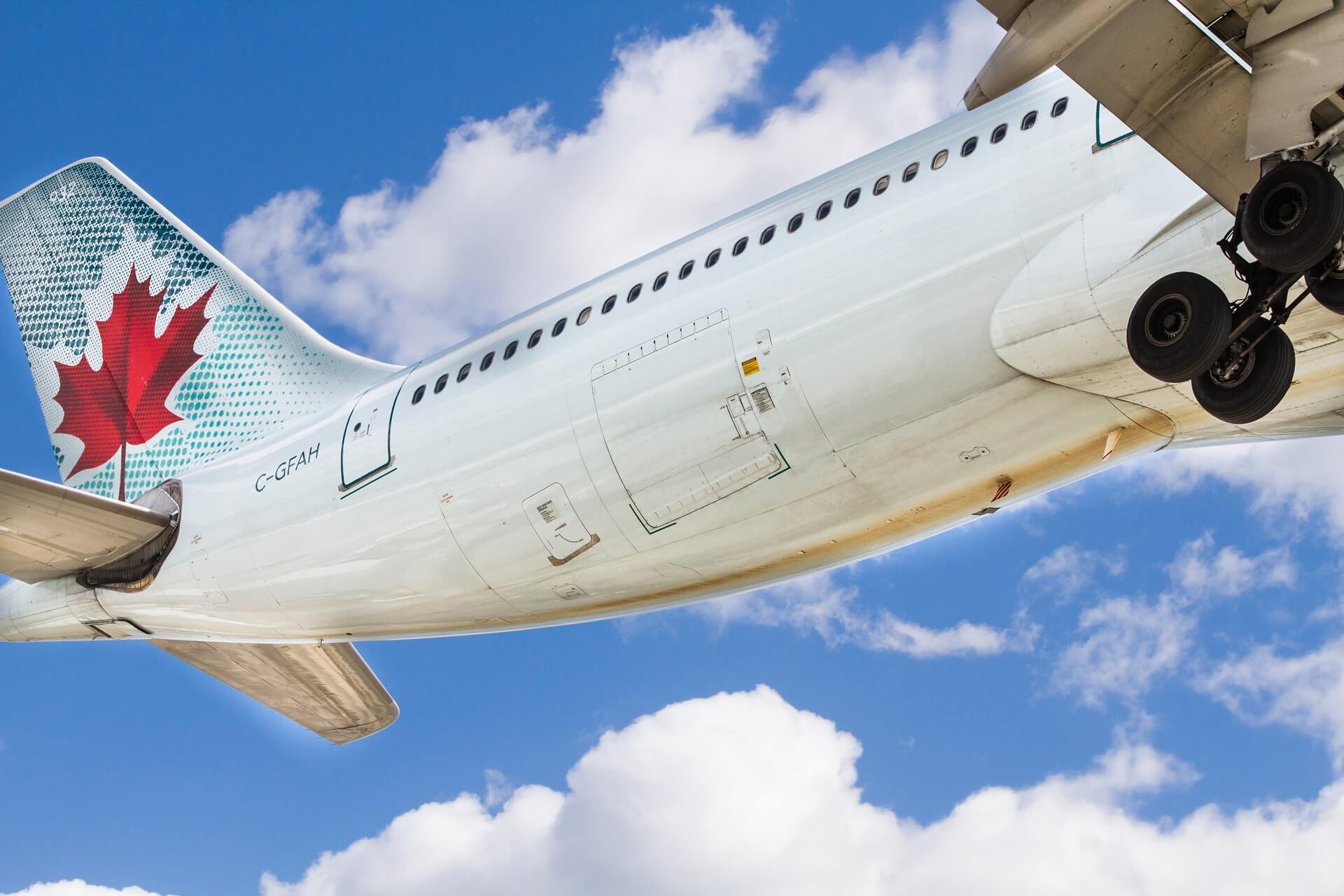
In a move months in the making, Canadian Prime Minister Justin Trudeau is opening the border to Americans.
Remarkably, this loosening of Canada-America border restrictions doesn’t pertain solely to essential travel.
Rather, the border will open on August 9 for non-essential travel to American travelers (and permanent residents) who can prove their vaccine status.
Great News
Obviously, this is fantastic news for Canadian hospitality operators (and other business owners, of course).
Really, it’s great news for all Canadians and Americans: people can finally visit family and friends, and the economy should see a boost.
This news comes on the heels of other positive developments for Canada, such as the country’s vaccination rate now surpassing that of America’s. There’s also the province of Ontario bringing back indoor dining.
According to media reports, Canadian officials are in communication with American President Joe Biden’s administration about opening the border the other way.
However, there is no information yet about when that will happen. When asked about Canada’s announcement regarding the border, White House press secretary Jen Paski said the following:
“Any decisions about reopening travel will be guided by our public health and medical experts. We take this incredibly seriously. We look and are guided by our own medical experts. I wouldn’t look at it through a reciprocal intention.”
Should all to plan, Canada will open the border to travelers from other countries on September 7.
The Details
Of course, Americans can’t just flash their passport and cross the border. People eager to enter to Canada need to plan ahead a few days.
This is due to the requirement that Americans—with few exceptions—need to submit travel information 72 hours before arriving at the border. For example, if an American would like to cross the border the day it reopens to them, August 9, they’ll need to begin the process no later than August 6.
So, those travelers will need to use the ArriveCAN website, iOS app, or Android app.
ArriveCAN users using the website will show Canadian border agents a printout. App users will show them their screen.
Also, travelers will need to complete a Covid-19 test within the same 72 hours and be asymptomatic upon arriving at the border.
To review eligibility requirements—including lists of eligible and ineligible vaccines—click here. Full details are here.
The Opportunity
Clearly, the plan to open the border to American travelers and Canadians who found themselves stuck in America due to the pandemic presents a terrific opportunity for business owners.
In particular, in terms of our industry, bar, restaurant and hotel operators must see this development as excellent news.
Family members and friends will be eager for long-overdue reunions. That means hotel stays and restaurant and bar visits. There are also opportunities that relate to weddings, such as rehearsal dinners.
Obviously, operators must prepare for an influx of guests. So, they need to schedule accordingly, prepare staff for possibly overwhelming amounts of traffic, and ensure precautions are in place that reassure team members their health and safety are being considered.
In terms of those who waiting for the “right time” to open their restaurant or bar, this news could be a signal that the hospitality industry is on its way toward recovery in Canada.
It’s crucial that operators and management balance guest and employee comfort levels. Doing so will aid in boosting traffic, increasing revenue, and recruiting, hiring, and employee retention efforts.
Image: John McArthur on Unsplash

